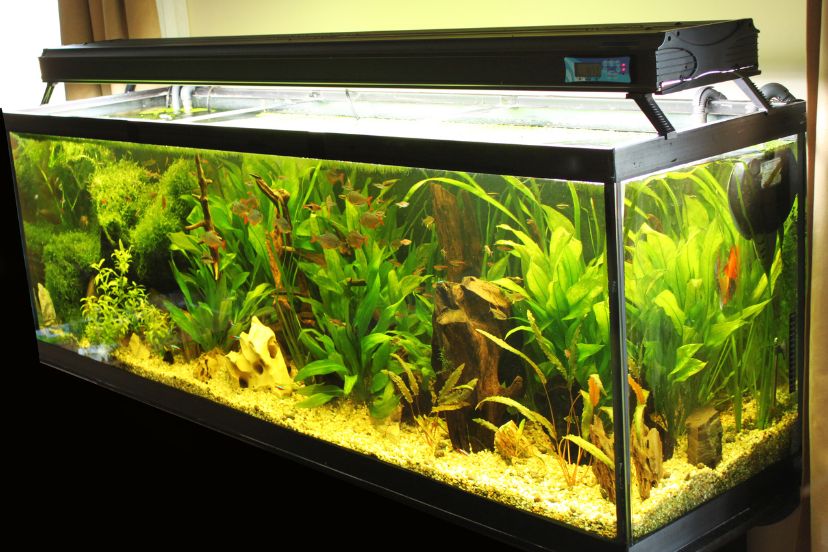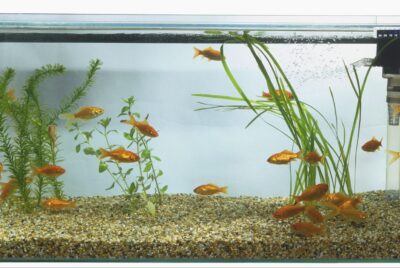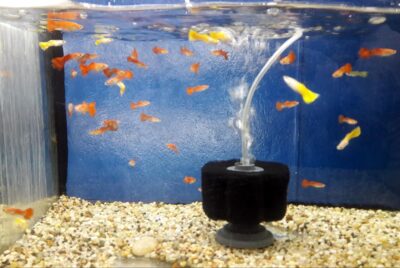Freshwater Aquarium Sump : A Guide
If you’re a fish enthusiast looking to improve the efficiency of your aquarium’s filtration system, then you might want to consider investing in a freshwater aquarium sump. In this article, I will provide some helpful tips and advice on freshwater aquarium sumps, including their benefits, the different types available, what to consider before choosing one, how to set one up, and how to maintain it properly.
What is a Freshwater Aquarium Sump?
A freshwater aquarium sump is an external filtration system that works in conjunction with your aquarium’s main filtration system. A sump typically consists of a container that holds additional water, which then passes through various filter media before being pumped back into the aquarium. The sump sits below the aquarium, which helps to create a more aesthetically pleasing setup by removing equipment from view.
Benefits of Having a Freshwater Aquarium Sump
There are several benefits to having a freshwater aquarium sump. One of the biggest advantages is increased filtration. The added water volume in the sump, combined with the various filter media, can greatly improve the quality of the water in your aquarium. Additionally, a sump can help to maintain a more consistent water level, reduce the amount of equipment in the tank, and make maintenance easier.
Different Types of Freshwater Aquarium Sump
There are several types of freshwater aquarium sumps to choose from:
HOB Sump
A HOB (Hang-on-Back) sump is a simple and easy-to-install option. It hangs on the back of your aquarium and utilizes an overflow box to transfer water to the sump.
Built-in Overflow Sump
This type of sump is built into the aquarium itself and requires drilling a hole in the tank to install. Built-in overflow sumps are great for larger aquariums and provide a more seamless look.
Refugium Sump
A refugium sump is a specialized sump that focuses on providing a habitat for beneficial organisms, such as algae and invertebrates. They are typically separated from the main filtration area and require a specific lighting setup suited to these organisms.
What to Consider Before Choosing a Freshwater Aquarium Sump
Before choosing a freshwater aquarium sump, you need to consider a few important factors:
Aquarium Size
The size of your aquarium is the biggest factor in determining the size of the sump you’ll need. As a general rule of thumb, the sump should be able to handle at least 5 gallons more than the total volume of your aquarium.
Type of Fish and Filtration Needs
Different types of fish have different filtration needs. Some fish require more water flow than others, and some produce more waste than others. You’ll need to take this into consideration when picking out the right sump for your setup.
Budget
Sumps come in a wide range of prices, so you need to set a budget before making a decision. Keep in mind that a more expensive sump may not necessarily be the best option for your particular setup.
Setting Up a Freshwater Aquarium Sump
Once you’ve chosen the right sump for your aquarium, it’s time to set it up. Here’s a step-by-step guide on how to do it:
Choosing the Right Location
You’ll need to find the right location for your sump. It should be close enough to the aquarium to make plumbing easy but far enough away to avoid splashing. It’s also important to make sure the sump is on a level surface.
Installing the Sump
Once you’ve found the right location, it’s time to install the sump itself. Follow the manufacturer’s instructions carefully, and make sure the sump is level.
Plumbing the Sump
The next step is to connect the sump to your aquarium’s plumbing. This will likely involve installing pipes and valves to ensure proper water flow.
Adding the Necessary Equipment
After plumbing the sump, you’ll need to add the necessary equipment, including overflow boxes, pumps, and filter media. Make sure to follow the manufacturer’s instructions for each piece of equipment.
Maintenance of a Freshwater Aquarium Sump
Proper maintenance is important to keep your freshwater aquarium sump running smoothly. Here are some tips on how to care for your sump:
Cleaning the Sump
Periodically cleaning the sump is necessary to prevent debris buildup and maintain proper water flow. Remove any filter media and clean them thoroughly, and then use a siphon to remove any debris from the sump itself.
Changing the Filter Media
Most filter media, such as filter socks and foam blocks, will need to be replaced periodically to maintain their effectiveness.
Checking for Leaks
It’s important to periodically check for leaks in your sump system. Look for any damp spots or signs of water around the sump and plumbing, and address any issues you find right away.
Common Problems with a Freshwater Aquarium Sump
There are a few common problems that can arise when using a freshwater aquarium sump:
Clogging
Filter media can clog over time, leading to reduced water flow and poor filtration. Make sure to clean or replace your filter media as needed.
Noise
Some sumps can be noisy, especially if air is getting trapped in the plumbing. Install an air release valve to prevent this from happening.
Overflowing
An overflowing sump can lead to flooding and damage to your aquarium and home. Make sure to periodically check your sump’s water level and adjust it as needed.
Conclusion
A freshwater aquarium sump can be a great addition to any aquarium setup. By providing additional filtration and reducing equipment in the tank, a sump can help keep your aquarium healthy and aesthetically pleasing. When choosing a sump, make sure to consider aquarium size, type of fish, and budget, and follow the manufacturer’s instructions for installation and maintenance.
FAQs for Freshwater Aquarium Sump
Do I need a freshwater aquarium sump for my aquarium?
A freshwater aquarium sump is not a requirement for every aquarium. It’s a recommended addition for those who want to improve their aquarium’s filtration and efficiency.
How much does a freshwater aquarium sump cost?
The cost of a freshwater aquarium sump varies depending on the size and type. They can range anywhere from $50 to a few thousand dollars.
Can I install a sump in an existing aquarium?
Yes, you can install a sump in an existing aquarium as long as you have the proper size and equipment.
What should I do if my sump is overflowing?
First, turn off the pump to prevent any further overflow. Then, check the water level in the sump and adjust it if necessary. Make sure to check for any clogs or blockages in the plumbing as well.
What is a refugium sump and do I need one?
A refugium sump is a specialized sump that focuses on providing a habitat for beneficial organisms. Whether or not you need one depends on your specific aquarium setup and goals. If you want to promote the growth of beneficial organisms, a refugium sump might be a good option for you.




